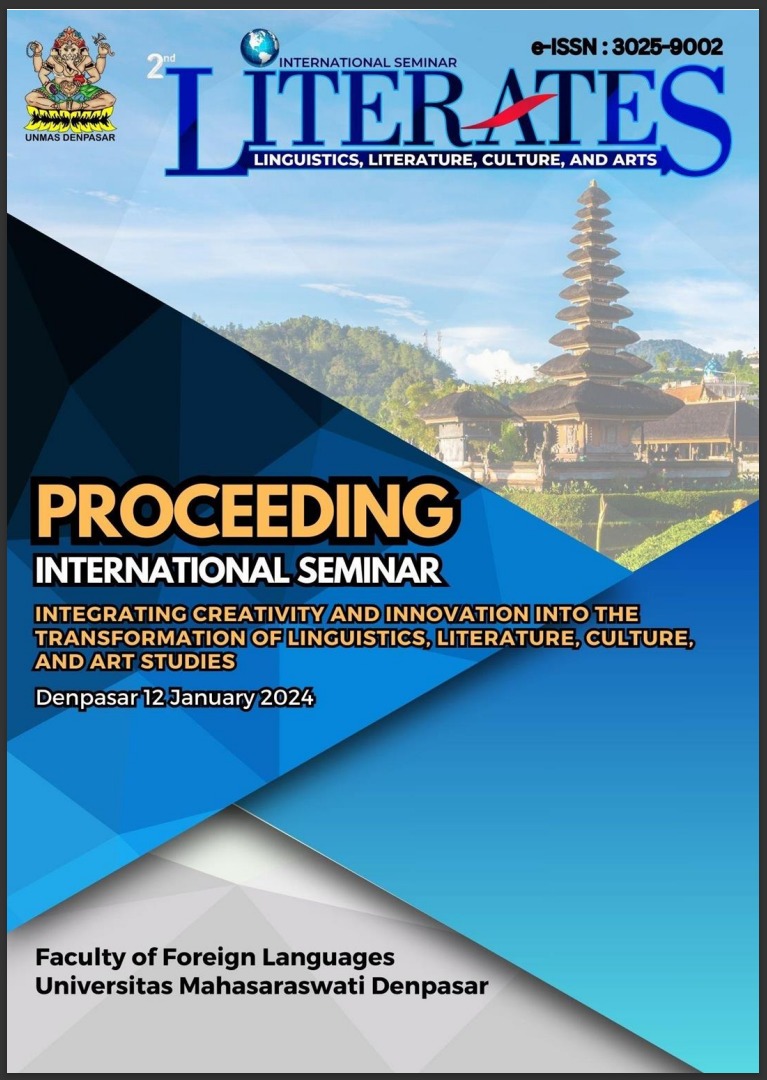TRADITIONAL MARTIAL ARTS REVITALIZATION: TENGKLUNG GOBLEG OF BALI
Keywords:
revitalization, martial art, Tengklung Gobleg, globalizationAbstract
In Bali, traditional martial art is part of the community’s identity. However, in recent decades many Balinese
people have been shifting to practice martial arts originating from other nations, such as MMA (Mixed martial
arts), Karate, Judo, Wushuu, Kempo, Aikido, Kick Boxing, and many others. It is evident from the number of
clubs where foreign martial arts training or dojos are held. Some martial arts from outside can enter Indonesia and
reach Bali, inseparable from the strength and power of globalization. This situation makes Balinese traditional
martial arts, one of which is Tengklung Gobleg, experiencing degradation. This is interesting to observe
considering that the Tengklung Gobleg, as an original Balinese martial art that has existed for a long time, has
fewer and fewer learners, caused by the rise of other martial arts entering Indonesia and Bali. Based on this
phenomenon, this research aims to find out what needs to be done to revitalize the traditional martial art. This
qualitative research uses interview techniques, observation, and documentation to collect the data. The data was
then analyzed eclectically using revitalization theory, globalization theory, and other supporting theories related
to the problem. The results of the research show that the degradation of Tengklung Gobleg, which is currently
almost extinct, requires steps to be taken to revitalize it, including exploration, reconstruction, reinterpretation,
and re-actualization efforts so that the martial art can exist and develop as one of Bali's local identities, and is the
pride of Balinese people in general.






